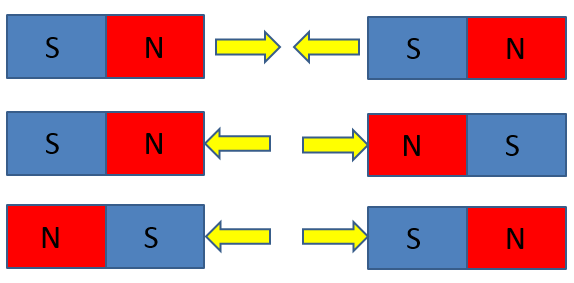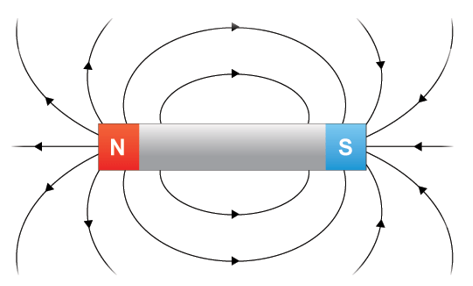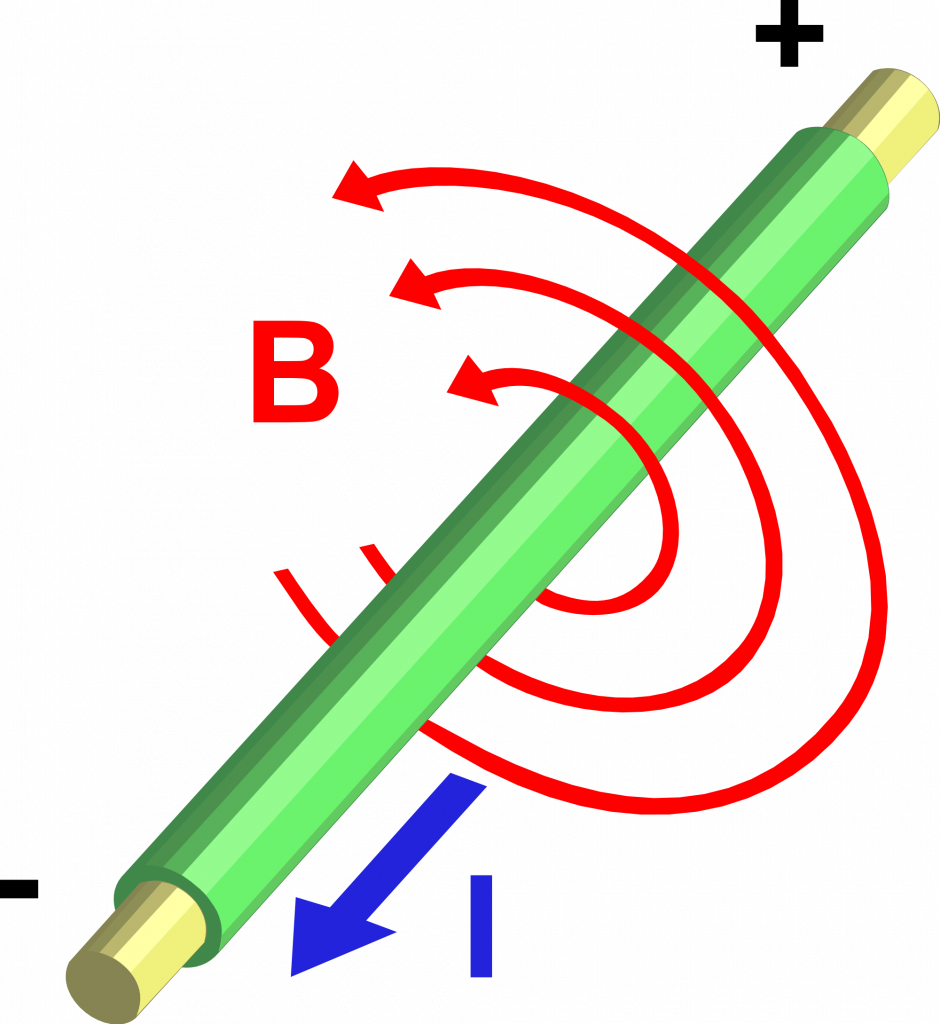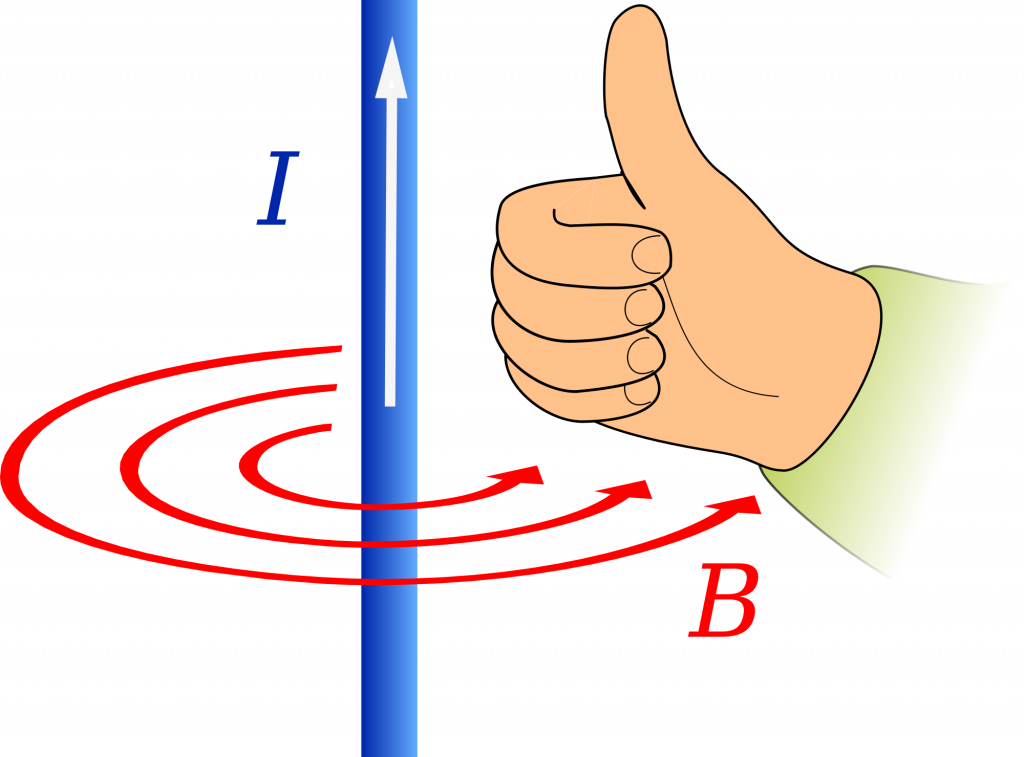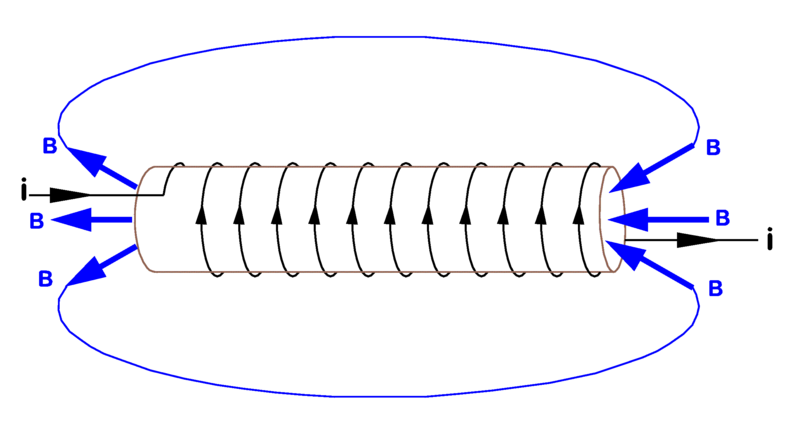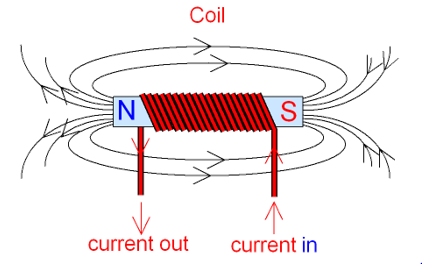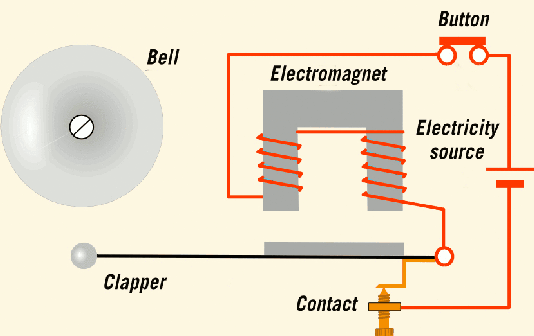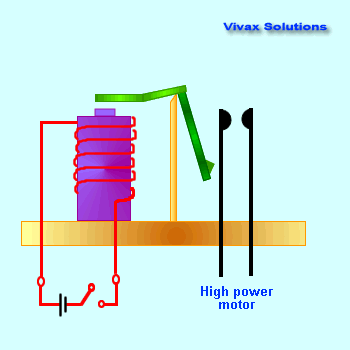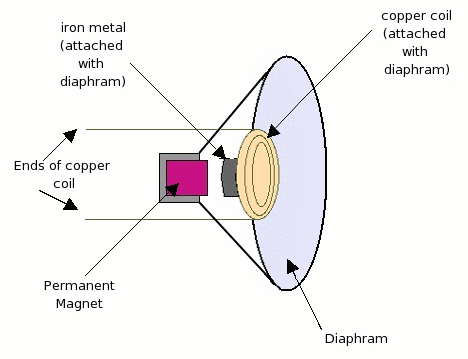Contents
Magnets and Electromagnets
Magnetism
A magnet will attract certain materials:
- Iron
- Steel (because it contains iron)
- Nickel
- Cobalt
A magnet has two ‘poles’, North and South:
If two magnets are brought together, like poles will repel while opposite poles will attract:
The area around a magnet where the magnetic force can be experienced is called the magnetic field.
The magnetic field is strongest where the field lines are closest (at the poles):
The Earth also has a magnetic field:
Induced Magnetism
When a magnetic material (not a magnet) enters a magnetic field, it experiences induced magnetism. When it is removed from the field, it is no longer magnetic.
Temporary Magnetism
Magnetic materials can be magnetized by:
- Stroking it with a magnet
- Leaving it near a magnet for a long time
Iron loses temporary magnetism easily, steel does not.
Electromagnetism
A magnetic field exists around a wire that has electric current flowing through it. The field lines are concentric circles around the wire, and the field is strongest close to the wire.
The corkscrew rule can be used to find the direction of the field around a wire. The thumb points in the direction of the current, and the fingers point in the direction of the field. Reversing the direction of the current will reverse the direction of the field.
A solenoid is a coil of insulated wire.
This produces a stronger magnetic field than a single wire:
The magnetic field around the solenoid is the same shape as the field around a bar magnet, except it also passes through the middle of the solenoid.
The North and South poles are determined by the direction of current:
- The South pole is where the current flows clockwise
- The North pole is where the current flows anticlockwise
Electromagnets
An electromagnet is a solenoid wrapped around an iron core. The magnetic field of the solenoid magnetizes the iron core when current is flowing.
The advantage of using an electromagnet is that it can be turned on and off.
The strength of an electromagnet can be increased by:
- Increasing the number of turns of wire
- Increasing the current flowing through the wire
- Wrapping the wire around an iron core
The Electric Bell
- When the button is pressed, a current flows through the coil
- The coil attracts the iron bar, causing the clapper to hit the bell
- This also causes the contact to break the circuit
- The electromagnet turns off, and the bar moves back to its original position, reconnecting the circuit
- The electromagnet turns back on, and the cycle repeats
The Relay
- A relay uses a low voltage circuit to turn on a higher voltage circuit
- When the switch is pressed, current flows, and the electromagnet attracts the iron arm
- The movement of the arm pushes the two contacts together, turning on the second circuit
The Loudspeaker
- The input signal causes an alternating current in the coil
- As the current changes direction, the north and south pole of the coil change
- This causes the coil to be attracted/repelled from the permanent magnet each time the current changes
- This makes the cone vibrate, producing sound waves in the air
- What will happen to a piece of iron that is brought close to a magnet?
- It will attract.
- What will happen to a north pole of a magnet that is brought close to the south pole of another magnet?
- They will attract.
- What will happen to a north pole of a magnet that is brought close to the north pole of another magnet?
- They will repel.
- What is the name of a device that uses an electromagnet in a low voltage circuit to turn on a higher voltage circuit?
- Relay.


